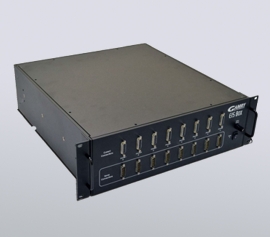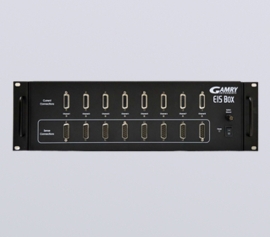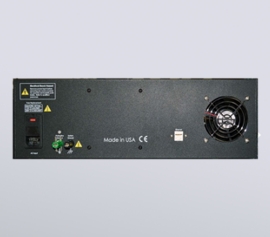Mit der EIS Box 1010 wird der darin verbaute Gamry Interface 1010 Potentiostat/Galvanostat/ZRA zum leistungsfähigen Mehrkanalinstrument, mit dem Sie die elektrochemischen Operationen des aktiven Kanals an bis zu 8 elektrochemischen Zellen nacheinander ablaufen lassen können. Mit der EIS Box 1010 können Sie aber vor allem in Verbindung mit einem zusätzlichen externen Batterietester die Zellen an den Kanälen laden und entladen und sequenziell auf einem Kanal einen Prüfling mit definiertem State of Charge (SOC) im Detail auf seine Verlustmechanismen mittels der elektrochemischen Impedanzspektroskopie charakterisieren. Es lassen sich Sequenzen wiederholt und automatisiert durchführen, in einem lokalen Netzwerk überwachen und sich damit ein gewünschter erhöhter Durchsatz von Langzeitexperimenten erzielen.
Für simultane Mehrkanalsystem-Experimente hoher zeitlicher Auflösung bzw. mit vielen unterschiedlichen Operationen je Kanal ist die EIS Box 1010 nicht geeignet, sondern es empfehlen sich stattdessen Mehrkanalpotentiostaten.










